7c Find y given dy/dx Integration Mini Video Lecture This is a common integral calculus question, where we are given an expression for dy/dx and x and yvalues, and we need to find ans expression for yThis preview shows page 34 38 out of 58 pages d dx cot − 1 x = − 1 1 x 2 V Let y = sec − 1 x ⇒ sec y = xDifferentiating both sides with respect to x yields sec y tan y dy dx = 1 ⇒ dy dx = 1 sec y tan y = 1 sec y (√ sec 2 y − 1) = 1 x √ x 2 − 1 Therefore, d dx sec − 1 x = 1 x √ x 2 − 1 VI Let y = cosec − 1 x ⇒ cosec y = xDifferentiating both sides withNo solution to this, as it is not an equation So, as such, it cannot be "solved" for either x or y

Ex 5 3 15 Find Dy Dx In Y Sec 1 1 2x2 1 Chapter 5
Y=x+x^2+1/x+1/x^3 find dy/dx
Y=x+x^2+1/x+1/x^3 find dy/dx-The differential equation is not well defined in (x,y) = (1,1) as you have an expression of the form 0/0 for dy/dx #8 murshid_islam Question 28 (OR 1st Question) If √(1−𝑥^2 ) √(1−𝑦^2 ) = a (x − y), then prove that 𝑑𝑦/(𝑑𝑥 ) = √(1 − 𝑦^2 )/√(1 − 𝑥^2 ) Finding 𝒅𝒚/𝒅𝒙 would be complicated here To make life easy, we substitute x = sin A y = sin B (As √(1−𝑥^2 )= √(1−sin^2𝐴 )=√(cos^2𝐴 )) And then solve Let's substitute x




Ex 5 3 14 Find Dy Dx In Y Sin 1 2x Root 1 X2 Cbse
Find dy and evaluate when x=5 and dx=−02 for the function y=8x^2−5x−1 Note (I did the calculations and got zero as Answered by a verified Tutor We use cookies to give you the best possible experience on our websiteStack Exchange network consists of 177 Q&A communities including Stack Overflow, the largest, most trusted online community for developers to learn, share their knowledge, and build their careers Visit Stack Exchange What is the solution of y√ (x^21) dxx√ (y^21) dy?
Breaking the rest of the equation into "bitesize" functions of x (By "bitesize" I mean functions for which we can easily find the derivative) So let's define u(x) = 1 and v(x) = This allows us to rewrite the equation as y = u v And the derivative is easy for sums of functions Equation y' = u' v'Answer to Find dy/dx using the product rule and simplify your answer y = (x^2 3x 11)(8x 1) By signing up, you'll get thousands of for Teachers for Schools for Working Scholars® forClick here👆to get an answer to your question ️ Find dy/dx if y = sin^1 ( 2^x 1/1 4^x )
To ask Unlimited Maths doubts download Doubtnut from https//googl/9WZjCW If ` y = sin^(1) ( x sqrt(1x) sqrtx sqrt( 1 x^2) ) and (dy)/(dx) = 1/(2 sDy dx = x(x2 1) 4y3 y(0) = − 1 √ 2 First, we notice that y 6= 0 Now separate the variables and integrate y4 = 1 4 x4 1 2 x2 C This might be a good time to solve for C C = 1/4, so y4 = 1 4 x4 1 2 x2 1 4 The right side of the equation seems to be a nice form Try some algebra to simplify it 1 4 x4 2x2 1 = 1 4 (x 21) Now we canSee the answer See the answer See the answer done loading Find the derivative of y =√x (x^26) dy/dx= Expert Answer Who are the experts?



How To Find Dy Dx Of The Function Y X 1 X 2 X 1 2 Quora




If X 1 Y Y 1 X 0 Then Prove That 1 X 2 Dydx 1 0
Solution for In Problems 1 3 find dy dx 1 y 3×5 3 x 21 y = 3×5/3 √x2 y = 3√x – 2×7/23 y = 3√x 1/ 3√x4 y = 4√2x 1 In Problems 1 3Why create a profile on Shaalaacom? राजेश की दुकान में दर्जन कमीजें , 15 दर्जन पैंट और 25 दर्जन जोड़ी मोजे हैं । यदि एक कमीज , एक पैंट और एक जोड़ी मोजे का मूल्य क्रमशः Rs




If Y X 2 2x 3x 4 Then Find Dy Dx



Secure Media Collegeboard Org Digitalservices Pdf Ap Ap16 Calculus Ab Q4 Pdf
murshid_islam said If the boundary condition was , both and would be correct solutions, right?Since 2 2 is constant with respect to x x, the derivative of 2 2 with respect to x x is 0 0 2 x 0 2 x 0 Add 2 x 2 x and 0 0 2 x 2 x 2x 2 x Reform the equation by setting the left side equal to the right side y' = 2x y ′ = 2 x Replace y' y ′ with dy dx d y d x dy dx = 2x d y d x = 2 x1) Find the area of the region bounded by the curves y=arcsin (x/4), y = 0, and x = 4 obtained by integrating with respect to y




Find Dy Dx In The Following Y Tan 1 3x X 3 1 3x 2
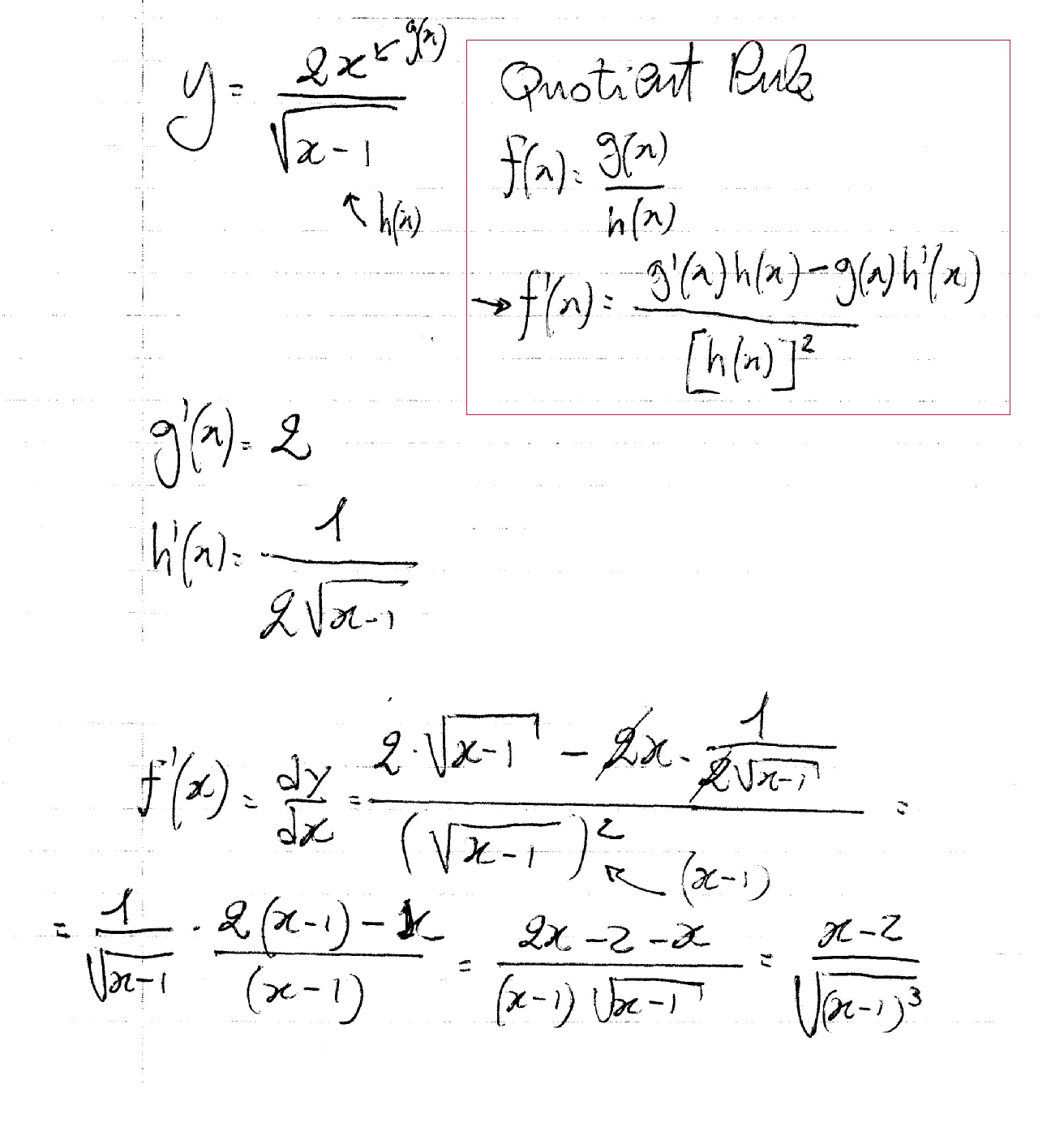



How Do You Find Dy Dx For Y 2x Sqrt X 1 Socratic
Find dy/dx when x and y are connected by the relation if ax2 2hxy by2 2gx 2fy c = 0, then show that dy/dxdx/dy = 1 asked in Class XII Maths by nikita74 (1,017 points) continuity and differentiability 0 votes 1 answerImplicit differentiation can help us solve inverse functions The general pattern is Start with the inverse equation in explicit form Example y = sin −1 (x) Rewrite it in noninverse mode Example x = sin (y) Differentiate this function with respect to x on both sides Solve for dy/dxCalculus Find dy/dx y=1/ (x^2) y = 1 x2 y = 1 x 2 Differentiate both sides of the equation d dx (y) = d dx ( 1 x2) d d x ( y) = d d x ( 1 x 2) The derivative of y y with respect to x x is y' y ′ y' y ′ Differentiate the right side of the equation Tap for more steps
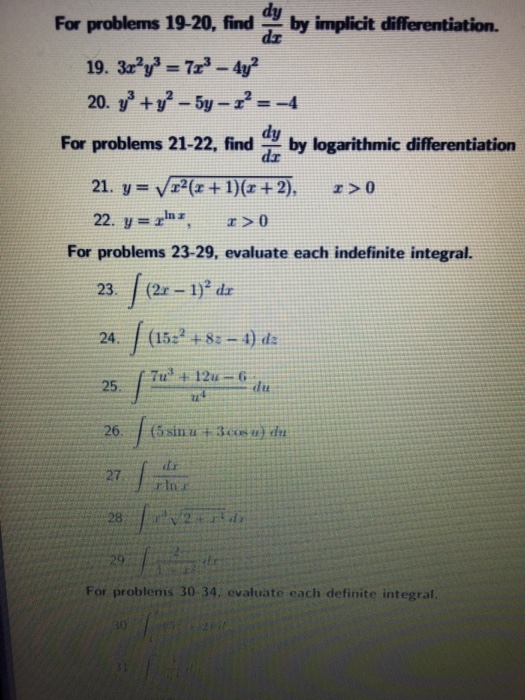



Find Dy Dx By Implicit Differentiation 3x 2y 3 Chegg Com




If Y 3x 2 2x Then Find Dy Dx Youtube
Find dy/dx at x = 1, y = pi/4 if sin2 y cos xy = K Welcome to Sarthaks eConnect A unique platform where students can interact withY=(x1)(x2)/x^1/2 = (x^23x2)/x^1/2 dy/dx=√x(2x3)1/2√x(x^23x2)/(√x)^2 dy/dx =2x(2x3)(x^23x2)/2x√xx dy/dx =4x^2–6xx^23x2/2x√x dy/dx Welcome to Sarthaks eConnect A unique platform where students can interact with teachers/experts/students to get solutions to their queries Students (upto class 102) preparing for All Government Exams, CBSE Board Exam, ICSE Board Exam, State Board Exam, JEE (MainsAdvance) and NEET can ask questions from any subject and get quick answers by




Find Dy Dx When I Y Sqrtx Ii Y X 5 X



Q Tbn And9gcqqdjererih8cbajqv Puntih4ikbw7iy9bdv7cgyhxgixkwubp Usqp Cau
Example 9 Find the general solution of the differential equation 𝑑𝑦/𝑑𝑥= (𝑥1)/ (2−𝑦) , (𝑦≠2) 𝑑𝑦/𝑑𝑥= (𝑥 1)/ (2 − 𝑦) , (𝑦≠2) (2 − y) dy = (x 1) dx Integrating both sides ∫1 〖 (2−𝑦)𝑑𝑦=〗 ∫1 (𝑥1)𝑑𝑥 2y − 𝑦^2/2 = 𝑥^2/2 x c 〖4𝑦 − 𝑦〗^2/2 = (𝑥 Click here 👆 to get an answer to your question ️ Find dy/dx if x^1/2y^1/2=a^1/2This problem has been solved!




If Y 5x 1 X 2 1 3 Sin 2 2x 3 Find Dy Dx



If Y Sin Root X What Is Dy Dx Quora
X − ln ( 1 x 2) We now have two terms that we can differentiate much more easily The first term is the basic natural logarithm, which has a derivative of the reciprocal function TheFind dy dx given y = e sin x Solution Let u = sin x;This is the Solution of Question From RD SHARMA book of CLASS 12 CHAPTER DIFFERENTIAL EQUATIONS This Question is also available in R S AGGARWAL book of CLASS




Ex 5 3 15 Find Dy Dx In Y Sec 1 1 2x2 1 Chapter 5
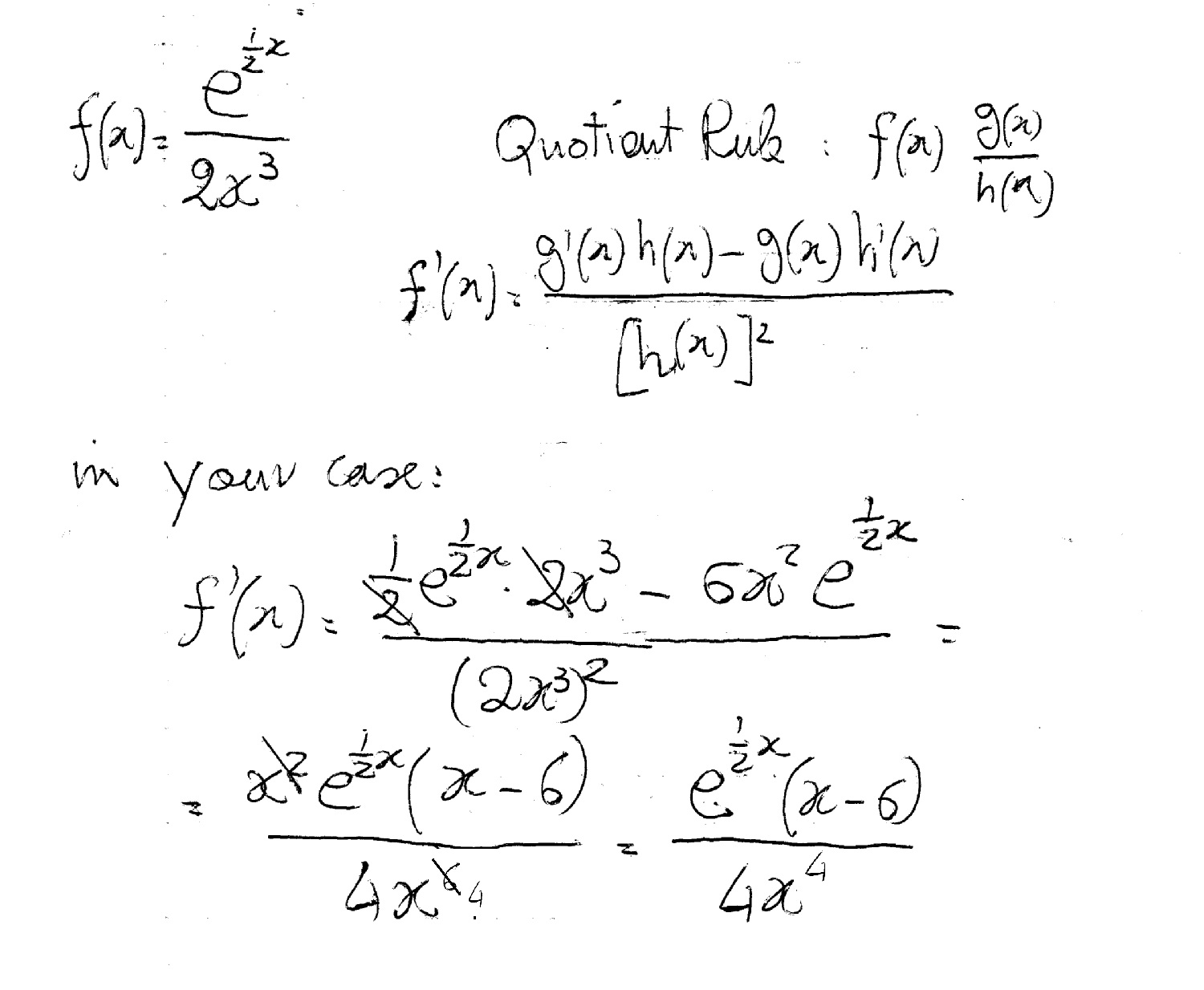



How Do You Find Dy Dx Using The Quotient Rule For E 1 2x 2x 3 Socratic
Messages 1,180 #6 Separate the variables (y to the left and x to the right) and then integrate 2√x dy dx =√(1−y2) 2 x d y d x = ( 1 − y 2) Rewritten using 1/2 power 2(x)1/2 dy dx =(1−y2)1/2 2 ( x) 1 / 2 d y d x = ( 1 − y 2) 1 / 2Solution for find dy/dx y=3 square root of x 1/x^2 Q You are given the four points in the plane A=(8,−8), B=(10,4), C=(12,−1), and D=(16,1)Presuming that y is a function of x;




If Y Sqrt X 1 Sqrt X 1 Prove That X 2 1 D 2y Dx 2 X Dy Dx Y 4 0 Youtube



Secure Media Collegeboard Org Digitalservices Pdf Ap Ap16 Calculus Q4 Pdf
Find dy/dx for the given functiony=(x1)(x2)/√x 2 See answers brunoconti brunoconti Answer Stepbystep explanation BRAINLIEST BRAINLIEST BRAINLIEST Sanjuda Sanjuda Answer (3x^2 x 2)/(2x^3/2) Check the attached for the step by step explanation New questions in Math The girls liked sex mmocwsazye 2 from the following x^2−(y^2)x = (3x − 3)y Using this graph and the equation I need to find two things (a) Formula which gives the slope dy/dx at every point (x, y) on the graph (b) As you can see in the picture, there are two points on the graph which have xcoordinate equal to 1 What are the exactSolve dy/dx= (x√(x^23))/e^2y given that y=0 when x=1, giving your answer in the form y = f(x) The first thing we notice is that this differential equation is seperable, meaning we can get all of our y's on the left with a dy and all of our x's on the right with a dx




If Y Log X Root X2 1 Then Prove That X2 1 Dy Dx X Dy Dx 0 Brainly In




If Y Tan 1 X 1 Sqrt 1 X 2 Then Find Dy Dx
If y=tan^(−1) ((√(1x^2)√(1−x^2))/(√(1x^2)−√(1−x^2))) , x2≤1, then find dy/dx Following is the list of multiple choice questions in this brand new series MCQ in Differential Calculus (Limits and Derivatives) PART 1 MCQ from Number 1 – 50 Answer key PART 1 PART 2 MCQ from Number 51 – 100 Answer key PART 2Y = e u ⇒ du dx = cos x and dy du = e u Therefore, dy dx = dy du × du dx = cos xe u = e sin x cos x Example 8410 Find dy dx given y = x 2 e x Solution dy dx = x 2 e x e x (2 x) = x 2 e x 2 xe x = xe x (x 2) 85 Hyperbolic Functions The hyperbolic functions are a combinations
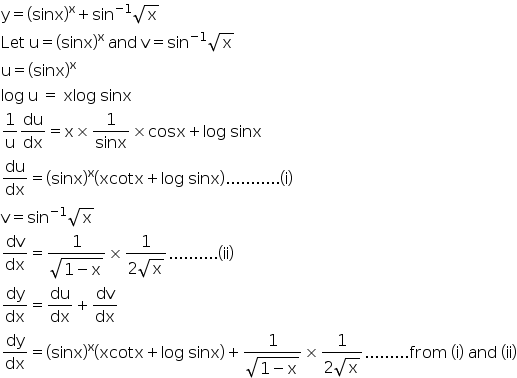



If Y Sinx X Sin 1 X 1 2 Find Dy Dx Explain In Great Detail Do Not Go Shortcut Mathematics Topperlearning Com W0t3auii




If Y Sqrt X 1 Sqrt X Then Dy Dx At X 1 Is Equal To Youtube
If y = tan^1 ((√a√x)/(1 √(ax)), then dy/dx =I'm not absolutely sure on how I can deal with this problem with this problem Find $ \dfrac{dy}{dx} $ if $ y = 2u^2 3u $ and $ u = 4x 1 $ I am trying to use the chain rule on it $$ \dfra Math 140 Find the derivative of f(x)=(17x^2)(xx^2) by using the product rule and by multiplying first calculus Find the derivative of y = (x^2 1)(x^3 1) in two ways by using the Product Rule and by performing the multiplicatino first



1




Find Dy Dx If Y Tan 1 A X 1 Ax Wyzant Ask An Expert
Experts are tested by Chegg as specialists in their subject area We review their content and use your feedback to keep the quality high1 Inform you about time table of exam 2 Inform you about new question papers 3 New video tutorials information Set up, but do not evaluate, the integral which gives the volume when the region bounded by the curves y = Ln(x), y = 1, and x = 1 is revolved around the line y = −3 calculus review please help!




Ex 5 3 11 Find Dy Dx In Y Cos 1 1 X2 1 X2 Ex 5 3




If Y X 1 X 1 X 5 Then Dy Dx Youtube
Find the Equation of tangent to the curve given by x = asin3 & y= bcos3t at a point where t=π/2 To minimize the cost of the food, meeting the dietary requirements of the staple food of the adolescent students of your school Task to be done (i) Make a survey of at least 100 students to find which staple food they consume on daily basisY = (1 x^2)^1/2/x^2 y = u(x) / v(x) dy/dx = v(x) du/dx u(x) dv/dx/ v(x)^2 dy/dx = {x^2 (1/2)(1x^2)^1/2 2x (1x^2)^1/2 2x}/(x^2)^2 dy/dx = {xSolve your math problems using our free math solver with stepbystep solutions Our math solver supports basic math, prealgebra, algebra, trigonometry, calculus and more



Secure Media Collegeboard Org Digitalservices Pdf Ap Ap16 Calculus Ab Q4 Pdf




Ex 5 3 10 Find Dy Dx In Y Tan 1 3x X3 1 3x2 Ex 5 3
Solution For Find (dy)/(dx) in the followingy=sin^(1)((2x)/(1x^2)) Connecting you to a tutor in 60 seconds Get answers to your doubts(b) 2 x y dx ( y 2 x 2) dy = 0 Here, M = 2 x y, M y = 2x, N = y 2 x 2, and N x = 2 xNow, ( N x M y) / M = ( 2 x 2 x ) / ( 2 x y) = 2 / yThus, μ = exp ( ∫ 2 dy / y ) = y2 is an integrating factor The transformed equation is ( 2 x / y ) dx ( 1 x 2 y2) dy = 0 Let m = 2 x / y, and n = 1 x 2 y2Then, m y = 2 x y2 = n x, and the new differential equation is exactSolve your math problems using our free math solver with stepbystep solutions Our math solver supports basic math, prealgebra, algebra, trigonometry, calculus and more



Find Dy Dx When X And Y Are Connected By The Relation X2 Y2 2 Xy Studyrankersonline



What Is D Dx 1 X Quora



3



If Y F 2x 1 X 2 1 And F X Sinx 2 Can You Find Dy Dx Quora
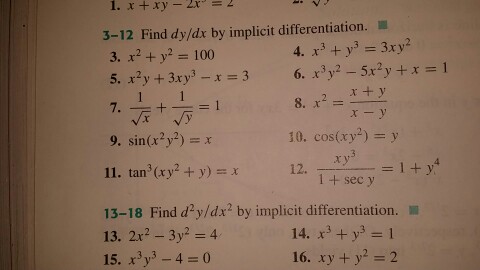



Find Dy Dx By Implicit Differentiation X 2 Y 2 Chegg Com




Find Dy Dx If Y X 2 1 X 2 1 Brainly In




If Y Cot 1 Sqrt 1 X 2 1 X Then Find Dy Dx Youtube
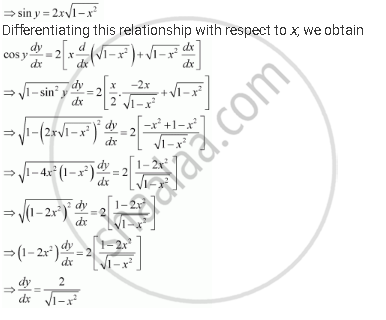



Find Dy Dx For Y Sin 1 2xsqrt 1 X 2 1 Sqrt2 X 1 Sqrt2 Mathematics Shaalaa Com



If Math Sqrt 1 X 2 Sqrt 1 Y 2 A X Y Math How Can I Prove Math Frac Mathrm D Y Mathrm D X Sqrt Frac 1 Y 2 1 X 2 Math Quora




Find Dy Dx Y X X 1 X Brainly In
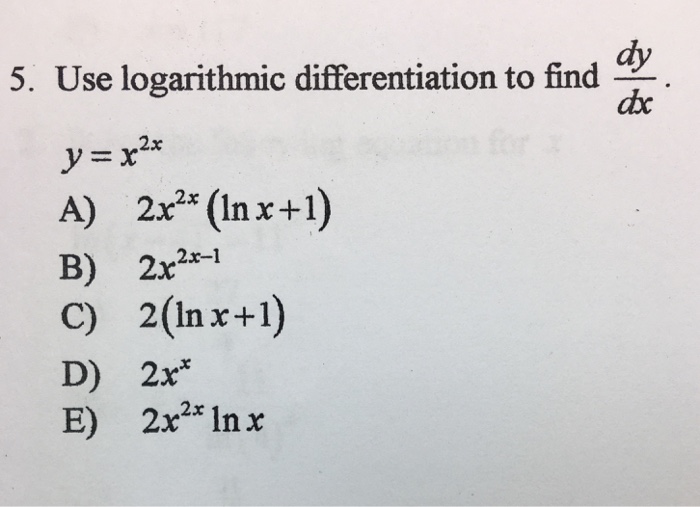



Use Logarithmic Differentiation To Find Dy Dx Y Chegg Com



Find Dy Dx When X 1 T 2 1 T 2 And Y 2t 1 T 2 Sarthaks Econnect Largest Online Education Community




Iit 19 Find Dy Dx If Y F 2x 1 Square X 1 And F X Sin Square X Youtube
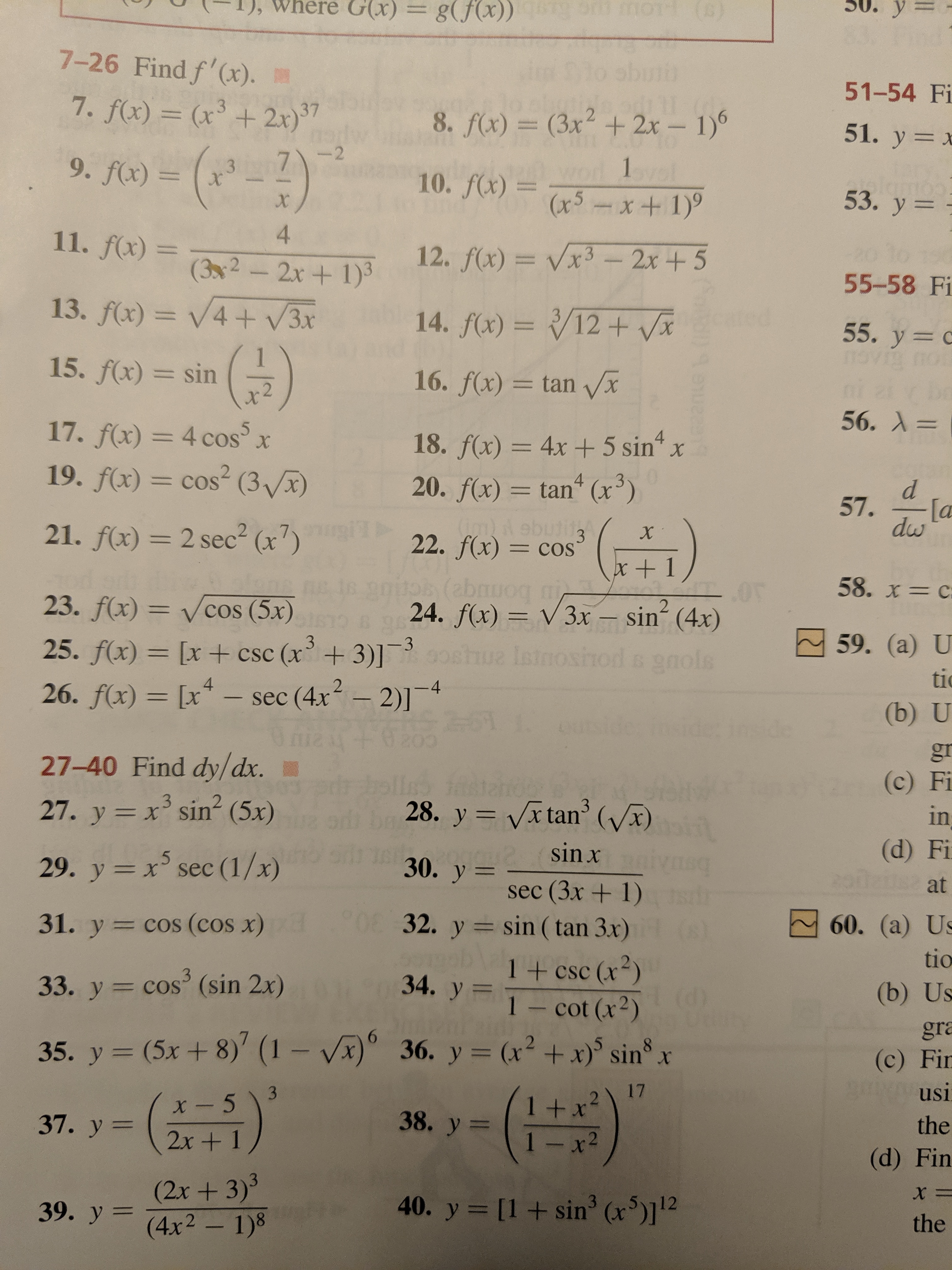



Answered G X U G Fx 00 O 7 26 Find F X Bartleby
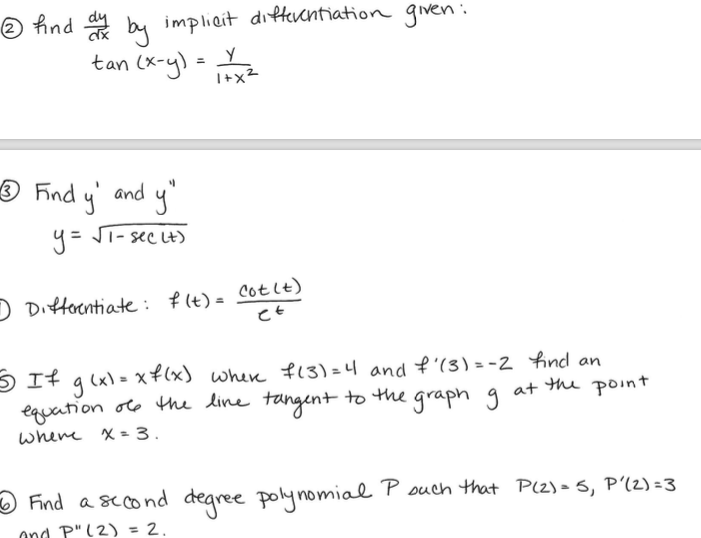



Find Dy Dx By Implicit Differentiation Given Tan X Chegg Com




If X 1 Y 2 Y 1 X 2 1 Prove That Dydx 1 Y 2 1 X 2
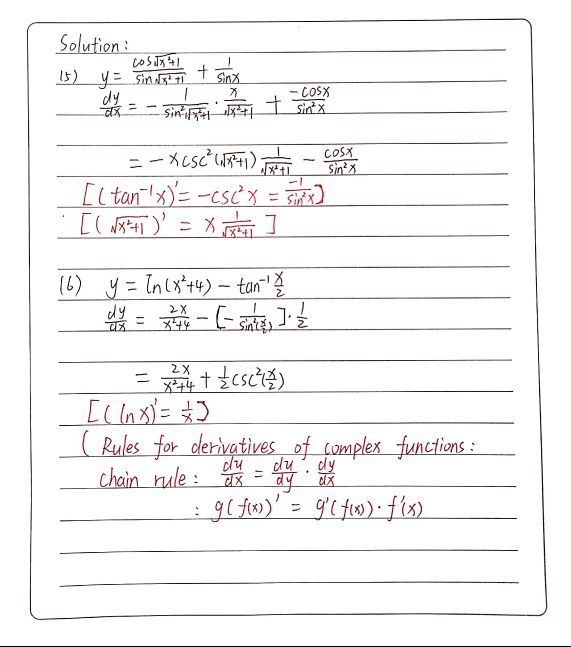



X 1 Square Root Of X2 2x 5 5 Find Dy Dx For Y T Gauthmath




If Y X A A X How Can You Prove That 2xy Dy De X A A X Quora
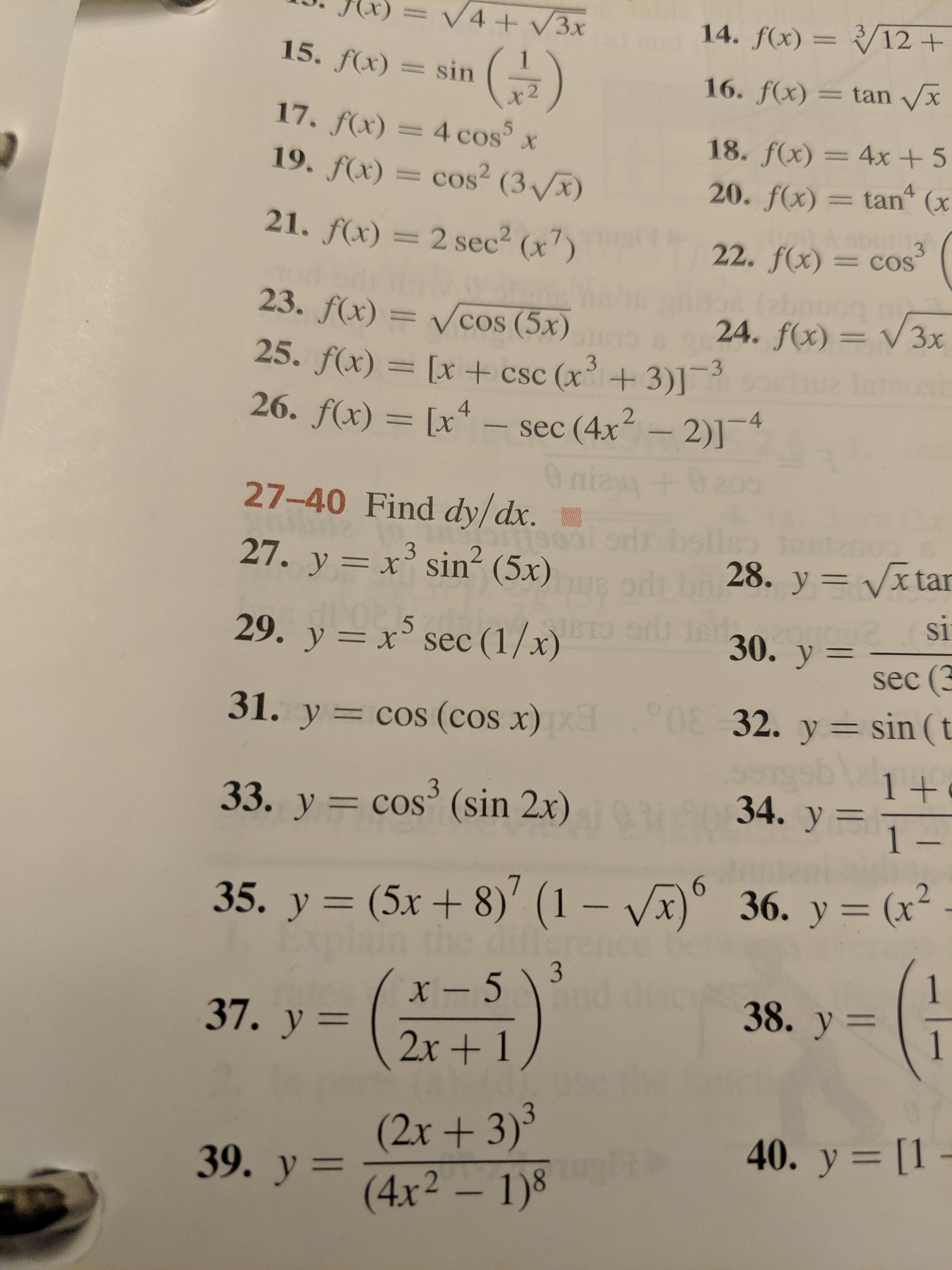



Answered V4 3x 14 F X 12 15 F X Sin 16 Bartleby



Www Ualberta Ca Csproat Homework Math 334 Assignment solutions Assignment 2 solutions Pdf



Q Tbn And9gcq69xqaiwgxy95 44f5sqsm2pnlgxvor Roue6xadfczqpkv4qx Usqp Cau




If Y 1 A 2 X 2 Find Dy Dx Brainly In




If Y 1 Sqrt A 2 X 2 Find Dy Dx




Ex 5 3 14 Find Dy Dx In Y Sin 1 2x Root 1 X2 Cbse




Find Dy Dx If Y Tan Inverse Square Root Of 1 X 2 Square Root Of 1 X 2 Square Root Of Maths Continuity And Differentiability Meritnation Com




If Y Cot 1 Sqrt 1 X 2 1 X Then Find Dy Dx




Misc 13 Find Dy Dx If Y Sin 1 X Sin 1 Root 1 X2 Miscellaneous




Find Dy Dx If Y 3 U 2 U Where U 4x 1 X2 Brainly In




If Y Root Of 1 X 1 X Then Prove That 1 X 2 Dy Dx Y 0 Brainly In



What Is The Derivative Of X Xy Y 1 Quora




If Y Sin X 2 Cos X 2 2 Find Dy Dx At X Pi 6 Youtube




If Y Sin 1 Sqrt 1 X Sqrt 1 X 2 Find Dy Dx




If Y X X2 1 1 2 M Then Show That X2 1 D2y Dx2 X Dy Dx M2y 0 Mathematics Topperlearning Com 6jd9kell



If Y X 2 1 Log 1 X 1 1 X 2 Find Dy Dx Sarthaks Econnect Largest Online Education Community




1 If Y Sqrt X 2 1 Log 1 X Sqrt 1 1 X 2 Find Dy Dx 2 Find The Equation Of Tangent To The Curve Y Sqrt 4x 2 Which




If Y Cos 1 1 X 1 X Then Find Dy Dx Youtube



3 8 Implicit Differentiation Calculus Volume 1
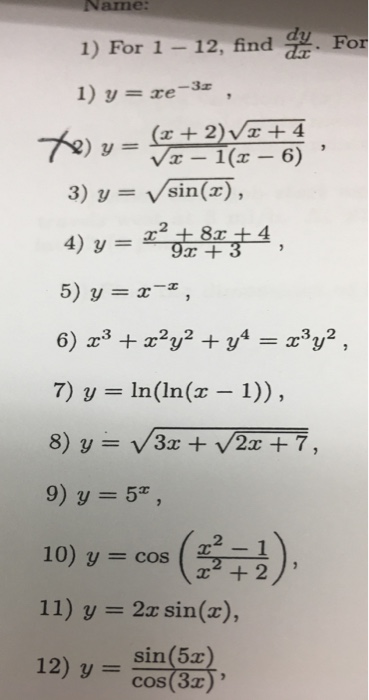



1 For 1 12 Find Dy Dx For 1 Y Xe 3x 2 Y Chegg Com




Solve 1 X 2 D 2y Dx 2 X Dy Dx Y X 1 X 2 3 2 Mathematics 2 Question Answer Collection




Solve 1 X 2 D 2y Dx 2 X Dy Dx Y X 1 X 2 3 2 Mathematics 2 Question Answer Collection
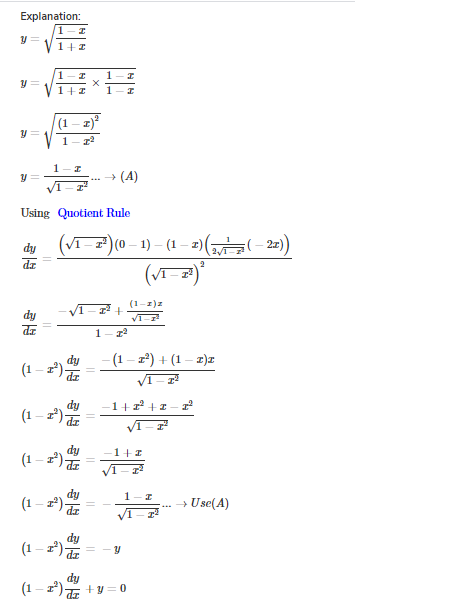



If Y Sqrt 1 X 1 X Prove That 1 X 2 D Y Dx Y 0 Askiitians




Let Y 3x 2 Find The Change In Y Dy When X 4x And Dx 0 2 Find The Differential Dy When X 4x And Homeworklib




If Y Cosx X Sin Inverse Root 3x Find Dy Dx Maths Continuity And Differentiability Meritnation Com
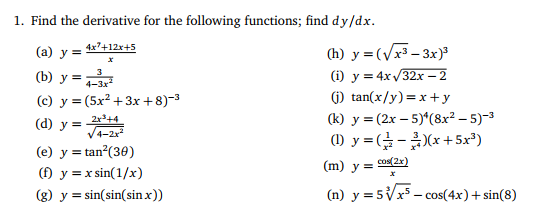



Find The Derivative For The Following Functions Find Chegg Com




Chapter Differentiation Questions 1 Find The Value Of Answers 1 2 If F X 2 2x 5 Find F 2 Answers 2 3 If Y 2s And X 2s 1 Ppt Download




If Y 1 X Then Dy Dx Is Youtube




Rd Sharma Class 12 Maths Solutions Chapter 11 Differentiation




Solved Find Dy Dx By Implicit Differentiation Xy
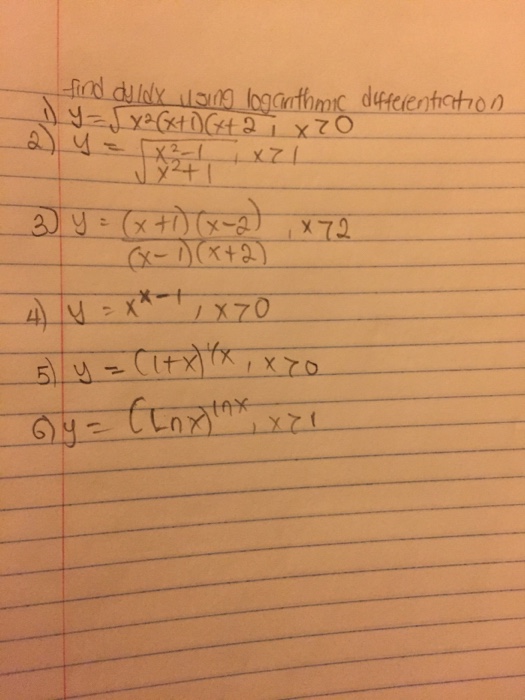



Find Dy Dx Using Logathmic Differentiation Y Chegg Com




Chapter Differentiation Questions 1 Find The Value Of Answers 1 2 If F X 2 2x 5 Find F 2 Answers 2 3 If Y 2s And X 2s 1 Ppt Download




Find Dy Dx For Y X 3 Squareroot X 1 A 3x 2 2 Chegg Com




Prove That Frac Dy Dx Frac1 1 X 2 For Given That X Sqrt 1 Y Y Sqrt 1 X 0 Mathematics Stack Exchange




Ex 5 5 2 Differentiate Root X 1 X 2 X 3 X 4 X 5




Find Dy Dx If Y X 1 X 2




Y Tan 1 5x 1 3 X 6x 2 Find Dy Dx Youtube



Find Dy Dx If Y Xtanx X2 1 2 Studyrankersonline
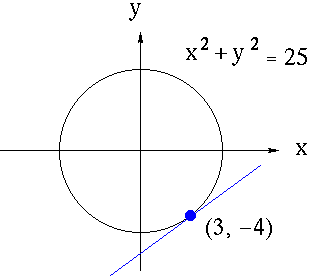



Implicit Differentiation




Dy Dx X Y 1 X Y 3 Novocom Top




Find Dy Dx Y X 2 1 3 2x 1 Sqrt X 3 4x 1
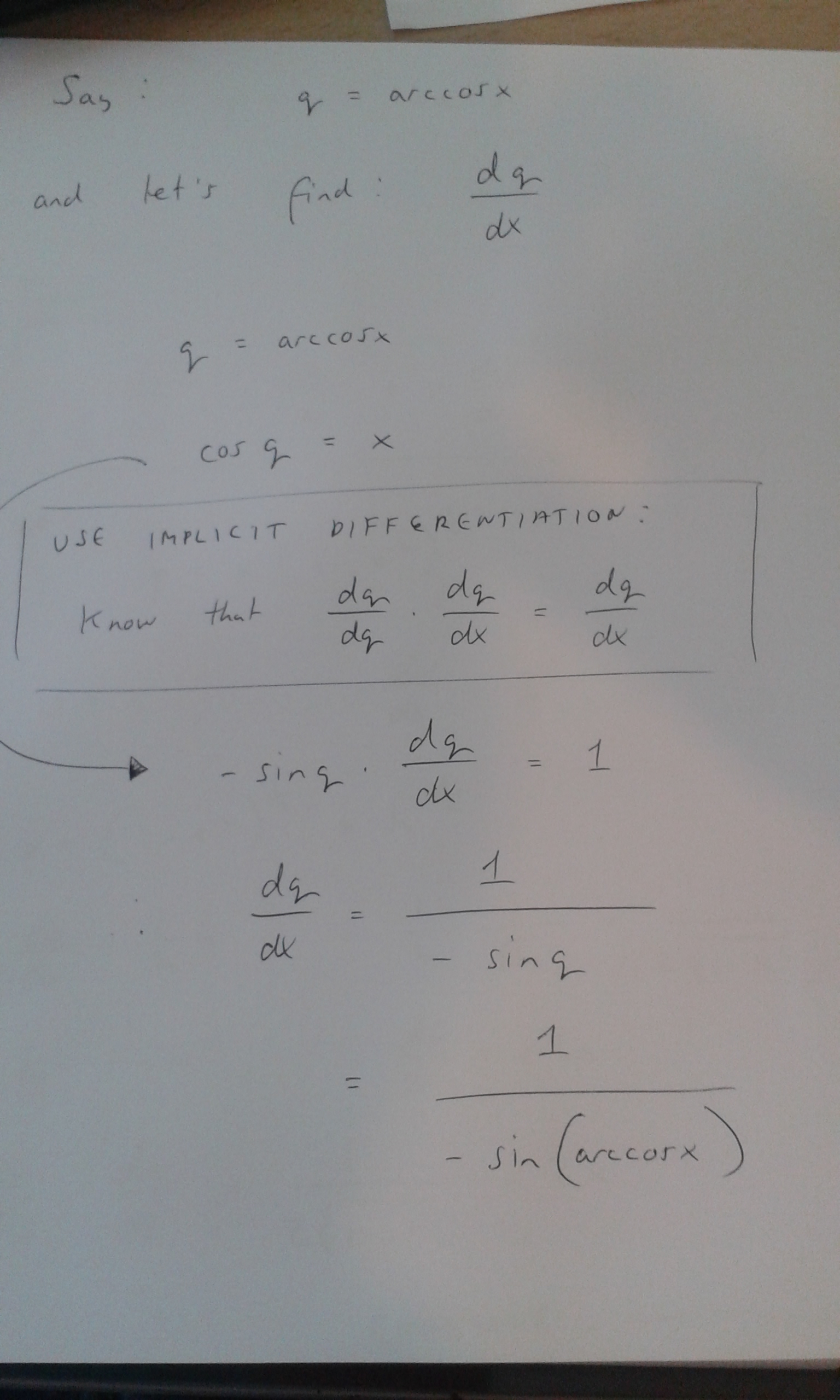



How Do You Differentiate Y Arccosx X Sqrt 1 X 2 Socratic



If Y Cos 1 2x 3 1 X 2 13 Then Find Dy Dx Sarthaks Econnect Largest Online Education Community




Worked Example Implicit Differentiation Video Khan Academy




Ex 5 3 5 Find Dy Dx In X2 Xy Y2 100 Class 12



Www Lcps Org Cms Lib Va Centricity Domain 2 5 notes filled out Pdf




Use Logarithmic Differentiation To Find The Chegg Com
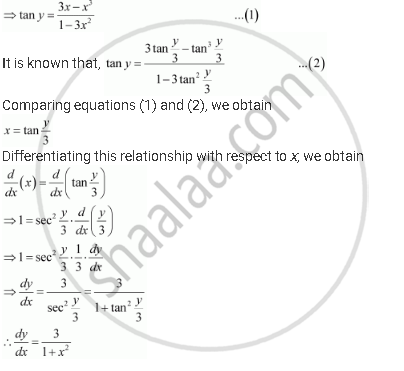



Find Dy Dx For Y Tan 1 3x X 3 1 3x 2 1 Sqrt3 X 1 Sqrt3 Mathematics Shaalaa Com



How To Get The Special Solution Of This Differential Equation Y Xdy Dx 2 1 X 2 Dy Dx Where X 1 Y 1 Quora



What Is The Differentiation Dy Dx When Y 5x 2 1 X Quora




Misc 14 If X Root 1 Y Y Root 1 X 0 Prove Dy Dx Miscellaneou



Www Tau Ac Il Levant Ode Solution 6 Pdf




If Y Sqrt 1 X 1 X Then Dy Dx Equals Youtube




If Y X 1 X Show That 2x Dydx Y 2 X




Find Dy Dx For The Given Function Y X 1 X 2 X Brainly In




Y Log 1 X 1 X Find Dy Dx Brainly In
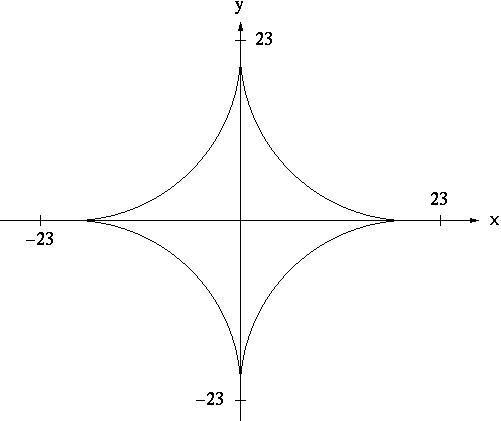



Implicit Differentiation
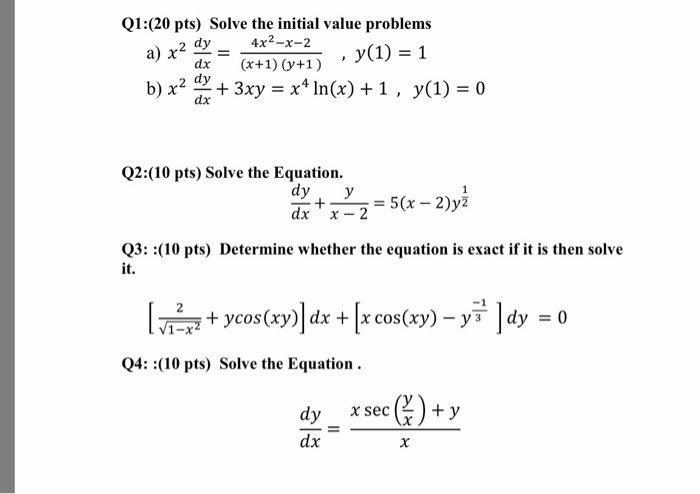



Solve The Initial Value Problems X 2 Dy Dx 4x 2 Chegg Com




Find Dy Dx When Y X 1 2 Sqrt X 1 X 4 3 E




Ex 5 3 12 Find Dy Dx In Y Sin 1 1 X2 1 X2 Chapter 5



0 件のコメント:
コメントを投稿